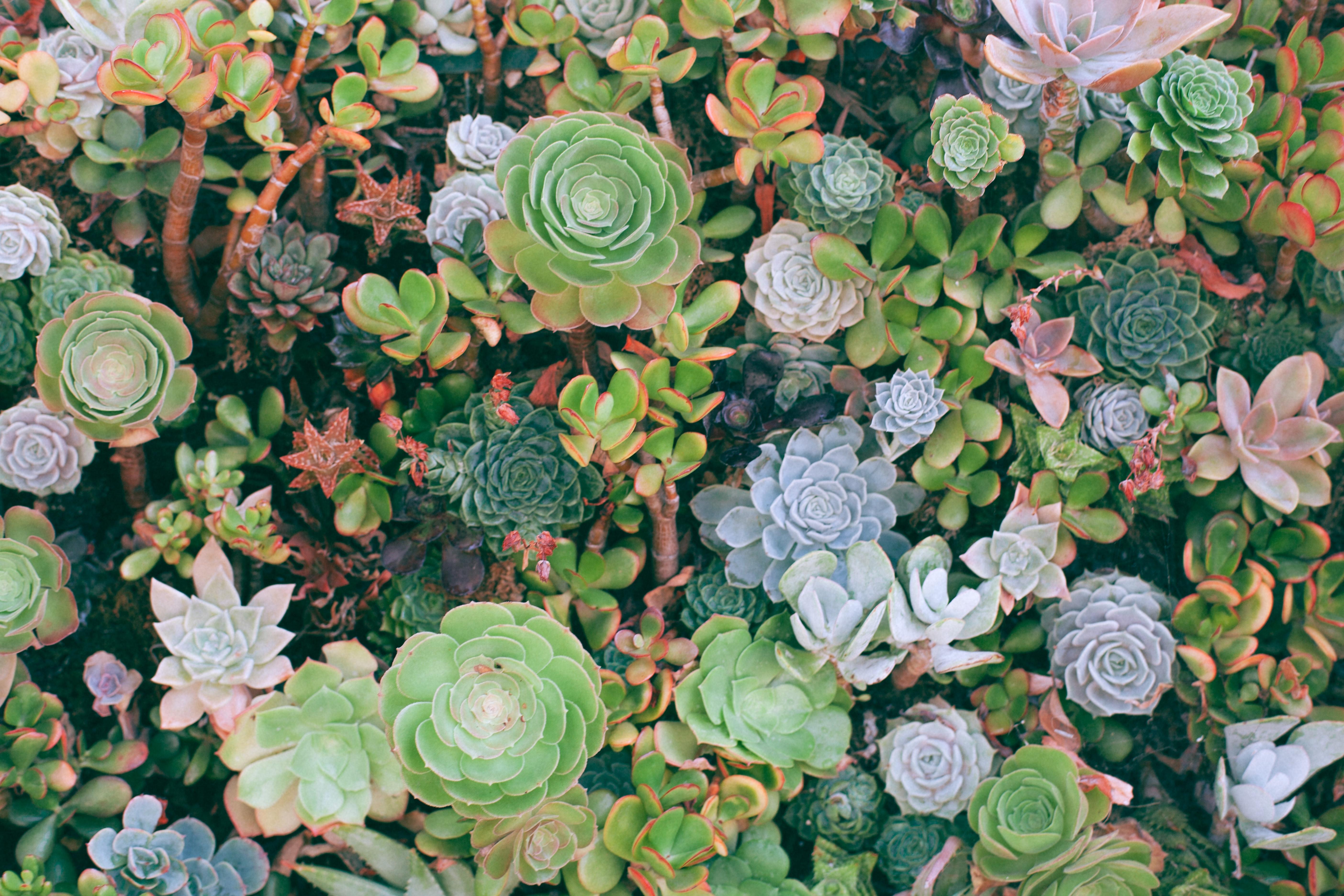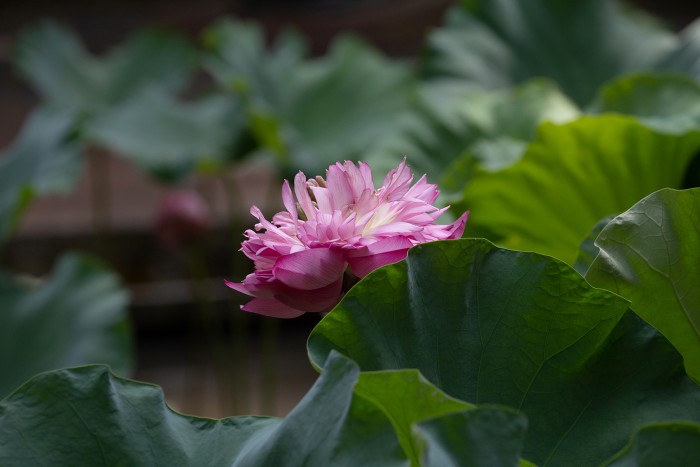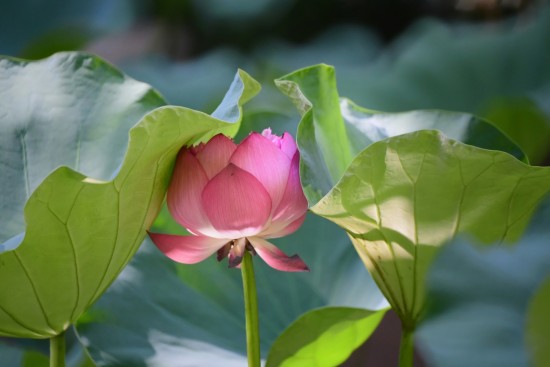Succulents Lover Jerry Ng
Talks About Botanical Conservation
Right before the semester began in September, we talked to Jerry Ng, the newly enrolled science student who is taking the new double degree programme offered by the Faculty of Science this year - 6688 Science Master Class. Jerry talked eagerly about his passion for plant botany, and his particular favouritism toward succulent plants.
Root of Interest
“They grow in extreme living condition, their resilience and vitality inspired me immensely,” said Jerry. He was deeply fascinated by the growing process and life cycle of plants, their ever-changingness in shape and size mesmerized him. His interest first took root when he was in his primary school days, where he was introduced to gardening games like Gardening Mama. “I wasn’t that captivated at first, but eventually they grow on me when I learn more about them,” explained Jerry.
Jerry has participated in gardening-related activities in both his primary and secondary school days. He mostly grew vegetables at that time, in which he and his classmates would later sell their harvest. One of the most remarkable memories he had back then was when he discovered a cocoon underneath a leaf on the day of the harvest day. It was rather appalling, and had left an impression on him till now.
Say No to Excavation of Wild Plants
When it comes to planting, Jerry is very meticulous. He tried to mimic the plants’ native living habitant according to their climatic habit and growing cycle by modifying his irrigation period. Noticing that succulent plants like fasciated haworthia or echeveria elegans are capturing hearts in recent years, he urged people not to purchase from stores that imported plants from the wild as that would encourage illegal trading and excavation. “Over-excavation of succulents and then reselling them on market is becoming a serious issue, some of which are critically endangered species,” said Jerry. “This is disrupting the local ecosystem and threatening the living condition of plants in their native habitant.”
Home-grown plants and wild plants are different, you could tell.Jerry
He is very determined in taking an active role in botanical conservation, urging people who are interested to do more research on distinguishing home-grown plants to those from the wild. When asked to give beginners some tips on planting, Jerry suggested that most common cactuses would be a good type of plant to start with. “Just pay attention to your watering frequency,” Jerry cautioned.
Hong Kong’s Botanical Conservation
Jerry thinks that the Hong Kong gardening culture leans more toward the leisure aspect rather than research. Although illegal excavation is less a problem for Hong Kong than other countries, he expresses concern over the living condition for plants, especially those growing on the roadside or on wall fissures where they outgrow the concrete. He suggests pavements to be redesigned in a way that accommodate the growth of these plants. “Conservation for old and valuable trees could be done better on the government’s part. At the moment, NGOs took the lead in advocating for botanical conservation issues, but I think the Hong Kong government could do more in that aspect,” said Jerry.
Even as the last of August ebbs away with the remains of a dying lotus, signifying the passing of another summer spent under the pandemic, Jerry eagerly awaits September’s arrival. Excited for his upcoming university life, he hopes to acquire more botanical knowledge and gain more hands-on experience in growing new species with the help of the advanced equipment the Faculty of Science offers. Field trips is also one of the things he most looks forward to. Upon the question of career goal, he wanted to pursue either an educational or conservation career path. “Right now, I want to deepen my knowledge at the University and discover more new plant species. Later, I may pursue something more out of this,” said Jerry.









